The Late Harvest
by Melanie Columbus
http://melaniecolumbus.weebly.com/
Concept and Design
The premise behind my concept is a reflection and response to Damien Hirst’s sculptural pieces using preservation methods to halt the rate and effects of decomposition. His preservation of mortality is a unique approach to art as he submerses organic materials such as animal carcasses in vats of formaldehyde. His satirical response to the complexity of death provokes viewers to contemplate their own mortality. However, my concept is a response to Damien Hirst’s method of preservation. Instead of preserving death, I will promote the rate of decomposition by growing bacteria obtained by decaying organic matter on agar solution. In a sense, I am preserving life beyond death because life cannot thrive without the natural process of decomposition.
To visualize this notion, I harvested bacteria from dead tissues and grew the organic material in Petri dishes. Placed behind the clear Petri dishes, images of Hirst’s work provides a background for the bacteria to grow on. My work reflects and projects an idea of what Hirst’s work might have looked like if he did not preserve the organic material in formaldehyde solution. Thus, my pieces respond to a greater notion of what it means to live beyond our existence through the natural process of life and death.
Design Mockups
Tools and Techniques
Nutrient agar solution was used to promote and accelerate the growth of bacteria. Before harvesting the bacteria, I boiled nutrient agar powder for 15 minutes at 250 degrees fahrenheit. Once boiled, the nutrient agar solution was poured into sterilized petri dishes and left to harden, providing a base for bacteria to thrive. Bacteria was then harvested from various raw meats like beef, poultry, and fish, as well as, bodily fluids from human orifices and placed on the agar solution using sterilized cotton swabs.
Within the first 24 hours no heat was applied to the bacteria growing on the petri dishes, thus the rate and effects of bacterial growth were limited. After 48 hours, the petri dishes were placed on top of a toaster oven to simulate the effects of an incubator to help promote a warm moist environment for bacterial reproduction. As a result, the bacteria grew at an accelerated rate and was visible to the eye.
Once I acquired the desired amount of bacteria, I removed the petri dishes from its heat source and kept them at room temperature for 24-48 hours. The bacteria continued to grow at a limited rate, however, the color of the bacteria matured. Some of the bacteria exhibited various hues of warm colors like creamy yellows and vibrant reds.
When the coloration of the bacteria matured, I mounted images of Damien Hirst’s work behind the petri dishes creating miniature bacterial infested works of art. By pairing the bacteria with complimentary images, the warm coloration of the bacteria struck out against the cool tones of Hirst’s animal corpses.
Photos of Bacteria Under Microscope
Reflection
After completing this assignment, I feel as though I learned a great deal about the natural processes of life and death. Through intensive research and study, I was able to design and execute living works of art formed from life’s natural processes. By manipulating the rate of decomposition, I was able to create “living” canvases by growing bacteria in petri dishes.
However, growing bacteria was a challenge at first since bacteria requires a warm moist environment in order to flourish. The most challenging aspect of this endeavor was trying to simulate an incubator for the bacteria to thrive. As a result, my kitchen toaster oven was a reliable source to function as a heating unit to accelerate the rate of decomposition within the petri dishes. With this strategy in place, there was a genuine concern regarding contamination. The fear of growing harmful bacteria in a space where food is prepared was terrifying. Nonetheless, I took extra precautions to prevent contamination by labeling the “risky” petri dishes with the organic material’s name that was swabbed. By labeling the petri dishes, I was more aware of the imminent hazards of growing bacteria in my kitchen.
Needless to say, I was extremely cautious when handling the petri dishes because I was afraid that the bacteria could infect myself or other potentials coming into contact with the hazardous material. As precautionary steps, I thoroughly disinfected everything that the petri dishes came into contact with using clorox wipes. On some occasions I wore latex gloves and face masks when opening the petri dishes to examine the specimens harvested. I was genuinely concerned about the bacteria transforming into air-borne pathogens.
Preliminary Research
The complexity involved with living beyond our existence is a difficult notion to comprehend. Death holds the key to unlocking the unknown truths of the world that we cannot foresee and we learn to cope with its existence through a position of ignorance. Nevertheless, coping with death transpires in various forms through the practice of religion and seeking comfort from others. With this notion in mind, artists like Damien Hirst and Dr. Gunther Von Hagens have exploited the deep ecology of death by dramatically altering the rate of decomposition and challenge modern social issues.
Damien Hirst’s inspiration is drawn from his difficulties in reconciling the idea of death in life. Challenging contemporary beliefs, Hirst’s dissects the tensions and uncertainties at the heart of the human experiences by exploring the complex relationship between art, life, and death. He believes that, “you can frighten people with death or an idea of their own mortality, or it can actually give them vigor.” His words hold a sense of truth in relation to his works of art, as well as the museums mission. By confronting his audience with uncomfortable scenes of mutilated animals juxtaposed in fanciful arrangements, his work provides satirical relief regarding serious topics. Hirst’s mocking commentary can be derived from the titles of his artwork, as well as the creatures that are performing deadly humanistic rituals. Inspired by Francis Bacon’s works, The Tranquility of Solitude features three mutilated sheep in the process of committing suicide due to a drug overdoes. These sheep are compositionally arranged in a triptych made of individual steel vats with carcasses submersed in a formaldehyde solution. The eerie scene depicts the actions of an irrational thinker who contemplates and ends his life. The satire provides a false sense of comic relief for those who suffer irrational thoughts and depression. He does not frighten his audience with death or their own mortality, but rather empowers people to distinguish and separate their fears through the use of animal cadavers.
Dr. Gunther Von Hagens is an unusual medical professional who has drawn inspiration from his field of study to create unconventional works of art using donated animal and human cadavers. He believes that, “the human body is the last remaining nature in a man made environment.” Dr. Von Hagens’ words hold a sense of truth in the medical profession since there has been an increasing amount of artificial technologies being used to preserve life, such as hearing aids, pacemakers, and artificial limbs. He hopes that by using donated human cadavers and preserving them through a process called Plastination that his exhibitions will be places of enlightenment and contemplation for the public sphere. Dr. Von Hagens’ plasticized bodies explore the social and ethical stigmata’s of philosophical and religious self-recognition. Though some people view his work as an unethical practice, Dr. Von Hagens provides an outlet that empowers people to take a stand against death by immortalizing their bodies. Those who have donated their bodies to Dr. Von Hagens have given him permission to study their corpse for causes of death to further the practice of medicine. As well, after acute examination the bodies of the donors are then plasticized for display. The bodies highlight biological functions such as the science of movement, muscle contortion, the circulatory system, and sexual reproduction. However, even though Dr. Von Hagens disfigures the cadavers to expose these biological functions he treats each individual work of art with a high level of precision and respect.
After examining the works of art by Damien Hirst and Dr. Gunther Von Hagens, I would like to use corpses as my subject and explore the deep ecology of spirituality in relation to death and decomposition. I would like to produce a painting or drawing by implementing a metaphorical reference / dramatized scene that is relevant to death and/or decomposition.
Research Link
Damien Hirst
Dr. Gunther von Hagens
The Living Dead: Bacterial Community Structure of a Cadaver at the Onset and End of the Bloat Stage of Decomposition
Growing Bacteria
Introduction to Agar
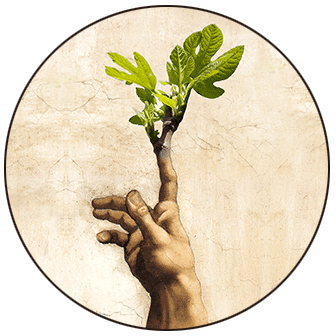

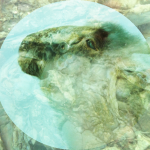
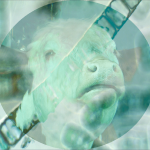
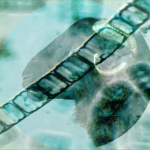
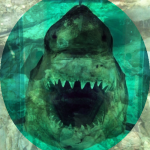

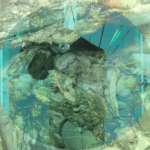
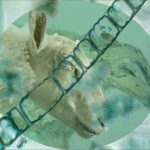
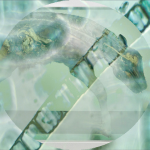
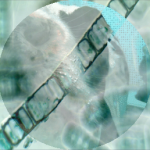

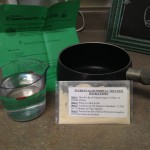
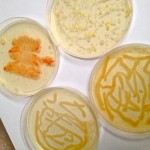
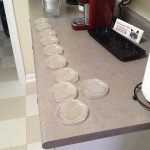
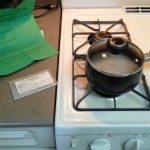
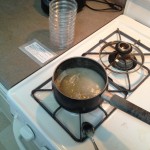
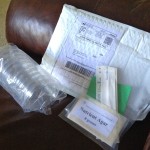
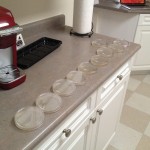
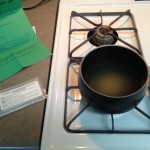
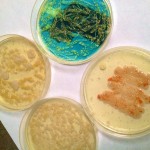
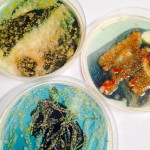
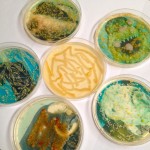
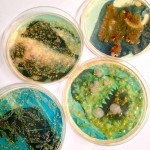
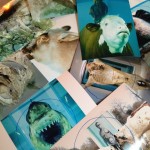
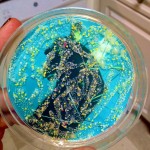
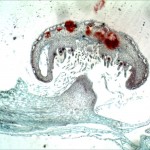
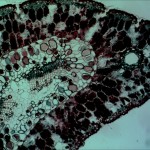
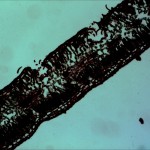
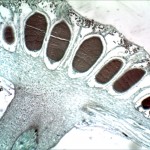
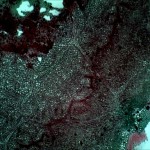
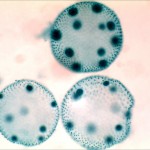
Comments are closed, but trackbacks and pingbacks are open.